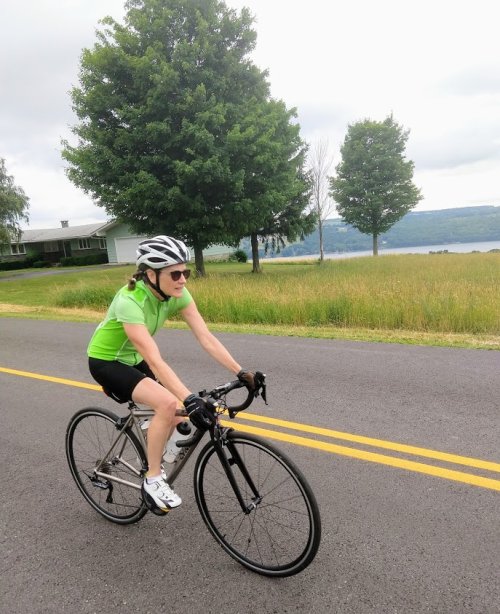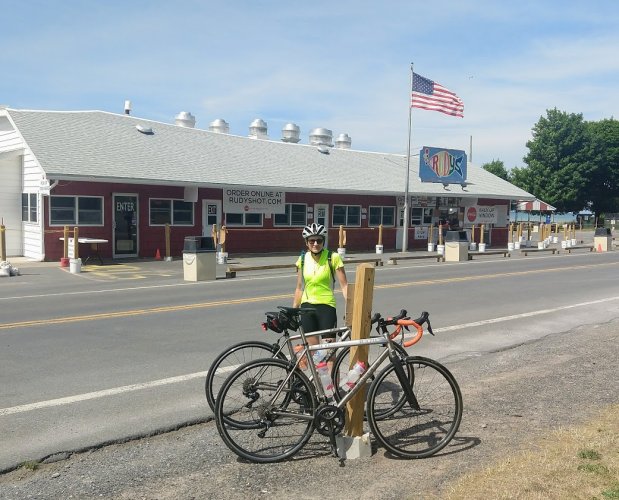Discussion topic: Clips or clipless pedals? Dedicated bike shoes or sneakers?
<snip>
Now keep in mind that I'm not talking about gigantic issues. These are little issues that, if we could correct them, may just make her cycling a little more enjoyable and allow her to be a little more powerful/faster. So I have been watching videos about bike fitting: particularly cleat position. My theory is that the following could help her: 1) she may have a leg length discrepancy, 2) she could benefit from using shorter cranks, 3) normal bike Q-factor (distance between the pedals) is just too wide for her. Except for the leg length thing, these are pretty expensive fixes. She is already on the shortest cranks I could easily get (165mm). I've also made that issue worse by moving her cleats back as far as I possibly can. Speedplay also allows the cleats to be moved left/right so I've moved them as close to the bike as possible to reduce Q-factor. I've also lowered her saddle to compensate for moving the cleats rearward.
<snip>
Do any of you have experience with any of this? I'm interested in your thoughts.
Did you really mean to say "moved them (the cleats) as close as possiblea'? Moving the cleats in nearer the bike effectively increases the Q-factor by moving the foot further away from the bike.













